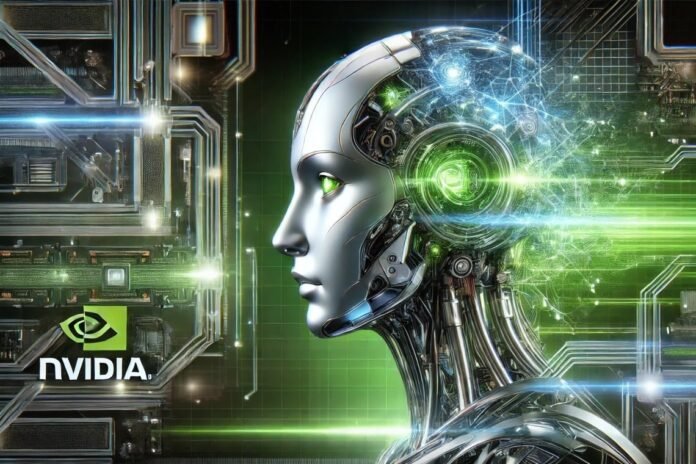Nvidia has launched Nemotron, an advanced version of Llama-3.1, designed to outperform the most advanced artificial intelligence (AI) models, including GPT-4.
Thanks to curated data and innovative hardware, Nemotron promises unparalleled performance in the artificial intelligence landscape. In this article we will see all the details.
Nvidia’s Nemotron surpasses GPT-4o and Claude-3 thanks to unprecedented AI computing power
As expected, Nvidia has its new model of artificial intelligence, Llama-3.1-Nemotron-70B-Instruct, with a disruptive impact.
This model, according to what Nvidia claims, promises to surpass the most advanced AI systems currently available GPT-4o by OpenAI and Claude-3 from Anthropic.
The announcement, made via a post on X from the Nvidia AI Developer account, quickly caught the attention of industry experts.
The Nemotron model represents a modified and improved version of Meta’s Llama-3.1-70B-Instruct, an open-source AI platform.
The change made by Nvidia, marked by the ‘Nemotron’ part of the name, reflects the company’s significant technological contribution, which has pushed the model to new heights. power and versatility.
The underlying idea is that this model can be more “usable” and performant compared to more popular models such as GPT-4 and Claude-3, thanks to refined tuning work and an advanced hardware infrastructure developed by Nvidia itself.
Nemotron is born in the context of the chatbot arena known as Imarenaa space where different models of artificial intelligence are compared.
Meta, has laid the foundation on which Nvidia has built this new system with its series of AI models called “Llama”.
The main intention was to create an open-source AI model that could be accessed by developers for further modifications.
However, Nvidia wanted to go further and deploy its resources to create an artificial intelligence system capable of matching and surpassing the industry leaders.
What distinguishes Nemotron?
One of the most important elements that created Nemotron is the use of set the data carefully selected and highly advanced refinement processes.
Nvidia has leveraged its vast computing capabilities, using advanced hardware, to push the Llama-3.1-70B model beyond its original limits.
This has made it possible to create an AI version that is not only more powerful, but also more ‘useful’ from a practical point of view.
A term that, in the context of artificial intelligence, can have multiple interpretations, but generally refers to the model’s ability to relevant, accurate and current reactions.
Benchmarking is one of the methods used to evaluate the effectiveness of an artificial intelligence model. However, there is no single and definitive methodology to determine which model is “the best”.
This is because the usefulness and efficiency of an AI model often depend on subjective evaluations and the context in which it is used.
Benchmarking basically consists of subjecting different AI models to the same tests and evaluating the results obtained for usability and accuracy.
In the case of Nemotron, Nvidia claims that its new model far outpaces key competitors, including GPT-4o and Claude-3.
The competition in the chatbot arena is fierce and Nemotron seems poised to climb the rankings.
Although not yet fully included in the official lmarena rankings, Nvidia claims its model is a score of 85 in the “Difficult” test. An assessment that, if confirmed, would place the country at the top of this specific category.
This result would be even more remarkable considering that Llama-3.1-70B, the basis of Nemotron, is a mid-range model compared to the 405B version of Llama-3.1, much more complex and with a significantly larger number of parameters.
Open source base and other parameters
To give an idea of the size and complexity of AI models, GPT-4o, one of OpenAI’s most advanced models, was developed with over 1 trillion parameters.
The number of parameters is one of the most important indicators of the power and capacity of an artificial intelligence bull model.
However, Nvidia seems to have managed to maximize Nemotron’s performance despite its relatively lower number of parameters compared to GPT-4o.
Another interesting aspect of Nemotron is the open source base, making it accessible to a broad community of developers.
This open source approach has the potential to further accelerate progress in artificial intelligence, as experts from around the world can contribute to improving and adapting the model.
Furthermore, the fact that Nvidia has decided to base its work on an open source project like Llama-3.1 shows the importance of collaboration and shared innovation in technological progress.





